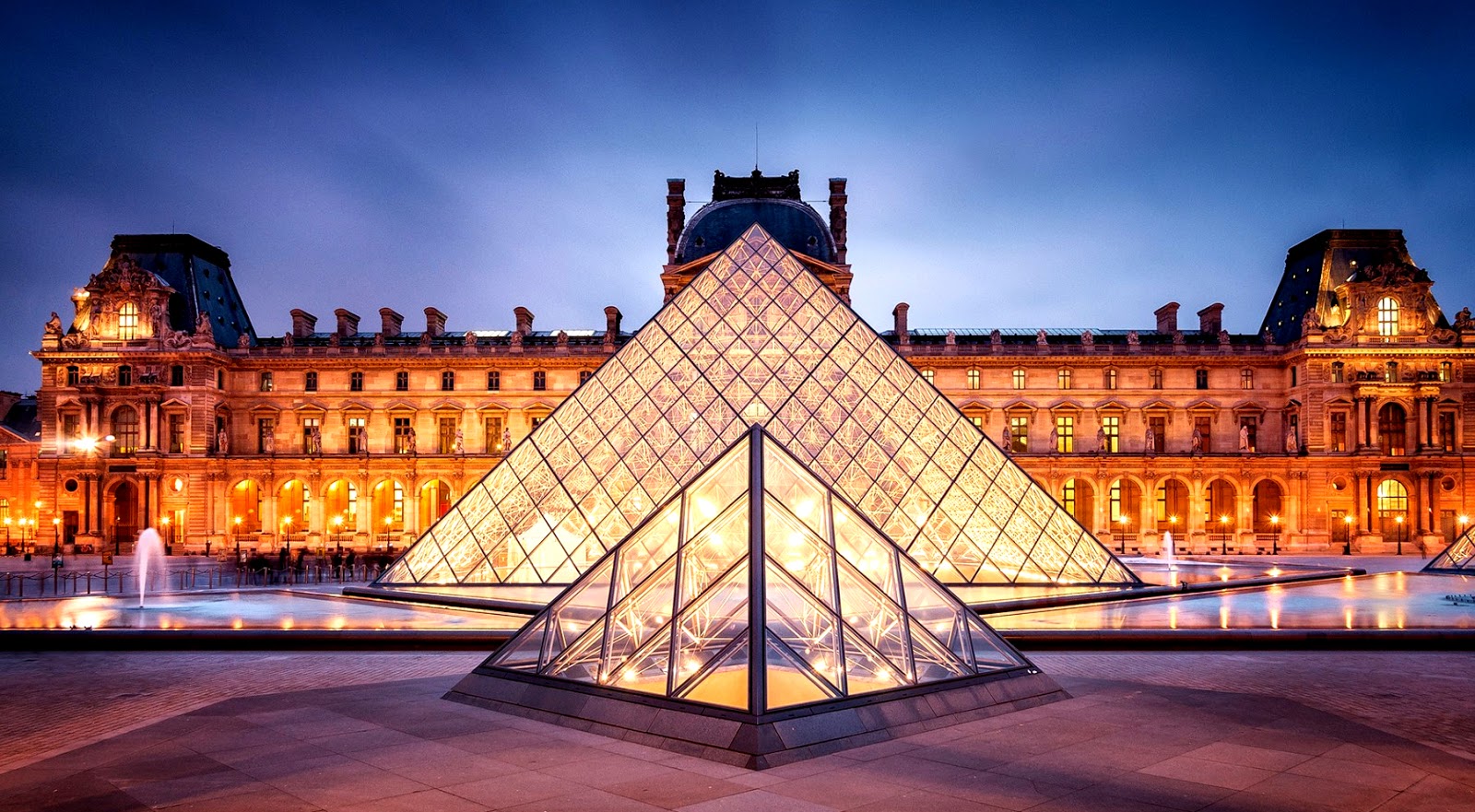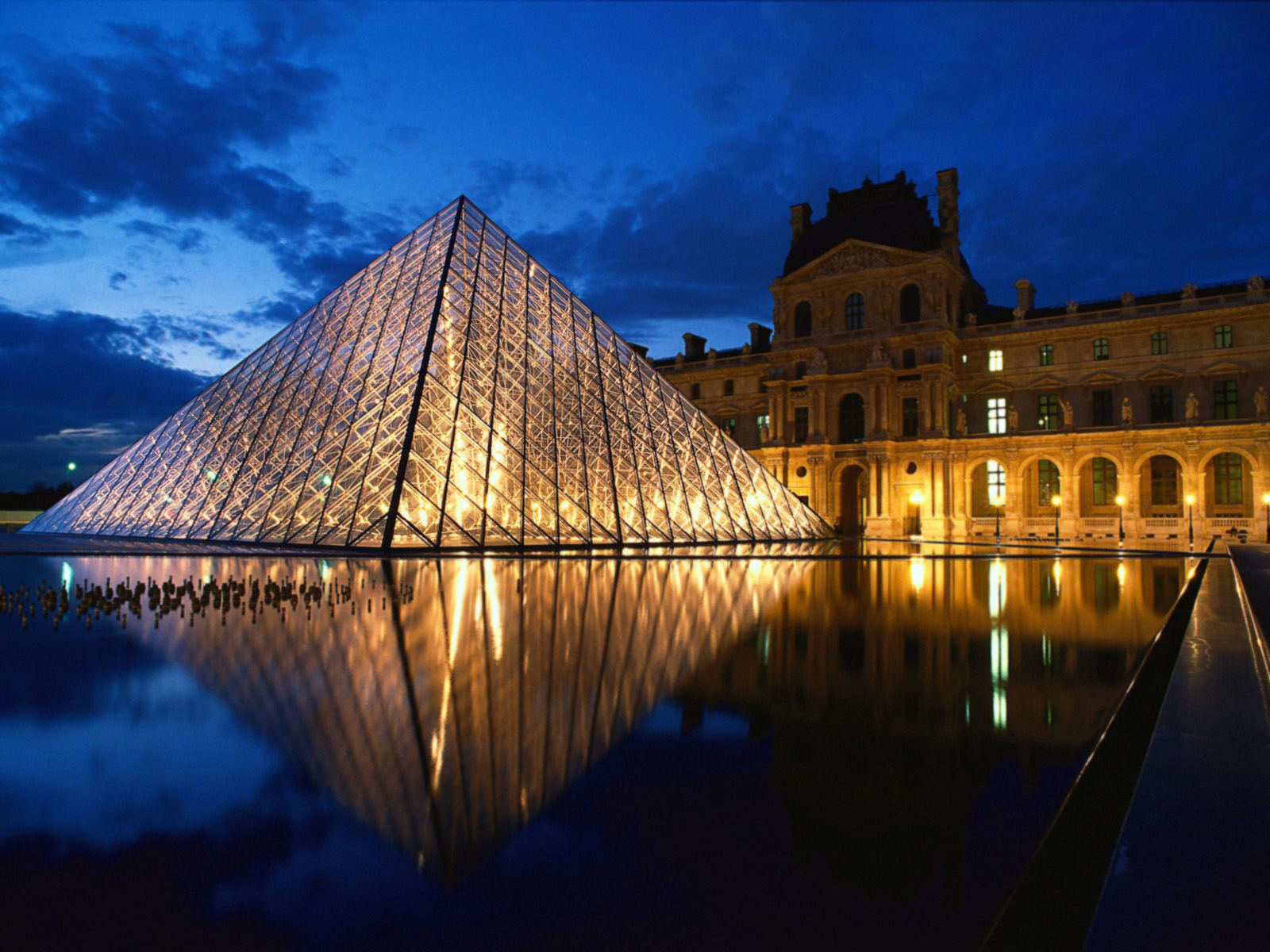The Louvre Museum: A Comprehensive Guide To The World's Largest Art Museum
The Louvre Museum is not just a gallery; it is a historical landmark that attracts millions of visitors from around the globe each year. This iconic museum is renowned for its vast collection of art and artifacts, spanning thousands of years and various cultures. In this article, we will delve into the rich history, significant artworks, and practical tips for visiting the Louvre, making it a must-read for art enthusiasts and travelers alike.
The Louvre Museum, located in Paris, France, is the largest art museum in the world, covering an area of over 72,000 square meters. Established in 1793, it houses more than 380,000 objects, including some of the most famous artworks in history, such as the Mona Lisa and the Venus de Milo. The museum's vast collection and historical significance make it a central piece of cultural heritage in France and an essential destination for anyone visiting Paris.
In this article, we will explore the various aspects of the Louvre Museum, including its history, architecture, notable artworks, visitor information, and tips to enhance your experience. Whether you are a seasoned art lover or a first-time visitor, this guide will provide valuable insights into one of the most important cultural institutions in the world.
Table of Contents
- History of the Louvre Museum
- Architecture of the Louvre
- Notable Artworks in the Louvre
- Visiting Information
- Tips for Visiting the Louvre
- Conclusion
History of the Louvre Museum
The Louvre Museum has a rich and fascinating history that dates back to the late 12th century. Originally built as a fortress by King Philip II, the Louvre was transformed into a royal palace in the 16th century. It wasn't until the French Revolution in 1793 that it became a public museum, opening its doors to art lovers and the general public.
Over the years, the Louvre has undergone numerous renovations and expansions, most notably the addition of the glass pyramid entrance designed by architect I. M. Pei in 1989. This modern structure has become an iconic symbol of the museum, blending contemporary design with the historic architecture of the Louvre.
Throughout its history, the Louvre has been home to many significant artworks, including collections from ancient civilizations, the Renaissance, and modern art. The museum continues to be a vital cultural institution, hosting temporary exhibitions and educational programs that engage visitors of all ages.
Architecture of the Louvre
The architecture of the Louvre Museum is as captivating as the art it houses. The museum's layout features a combination of classical and contemporary designs, with the glass pyramid serving as the centerpiece. The Louvre's architecture can be broken down into several key features:
1. The Glass Pyramid
The glass pyramid, designed by I. M. Pei, serves as the main entrance to the museum. The structure is made of 673 glass panes and stands 21 meters tall. It provides a striking contrast to the historic buildings surrounding it, symbolizing the museum's blending of history and modernity.
2. The Courtyard
The Courtyard of the Louvre, known as the Cour Carrée, features a stunning arrangement of classical buildings that showcase French Renaissance architecture. This area is perfect for visitors to explore and appreciate the intricate details of the museum's exterior.
3. The Rich Interior
Inside the Louvre, visitors will find grand halls and galleries adorned with intricate moldings, marble floors, and historic sculptures. The museum's design allows for natural light to illuminate the artworks, creating a serene atmosphere for exploration.
Notable Artworks in the Louvre
The Louvre Museum is home to an impressive collection of artworks that span various genres and periods. Here are some of the most notable pieces you can find within its walls:
- Mona Lisa - Leonardo da Vinci's enigmatic portrait is the museum's most famous artwork, drawing millions of visitors each year.
- Venus de Milo - This ancient Greek statue of the goddess Aphrodite is celebrated for its beauty and historical significance.
- The Coronation of Napoleon - Jacques-Louis David's grand painting depicts the coronation ceremony of Napoleon Bonaparte, showcasing the artist's skill in capturing historical events.
- The Winged Victory of Samothrace - This Hellenistic sculpture represents the goddess Nike and is known for its dynamic pose and intricate details.
- Liberty Leading the People - Eugène Delacroix's masterpiece symbolizes the July Revolution of 1830 and is a powerful representation of freedom and resistance.
Visiting Information
When planning a visit to the Louvre Museum, it's essential to have the right information to make the most of your experience. Here are some key details to consider:
1. Opening Hours
The Louvre is open every day except Tuesdays. Regular opening hours are from 9:00 AM to 6:00 PM, with extended hours during the summer months. It is advisable to check the museum's official website for any changes in hours.
2. Tickets and Entry
Tickets can be purchased online or at the museum. It is recommended to buy tickets in advance to avoid long queues. General admission grants access to the permanent collections and temporary exhibitions.
3. Accessibility
The Louvre Museum is wheelchair accessible, with ramps and elevators available throughout the building. Visitors with disabilities can also request assistance at the information desks.
Tips for Visiting the Louvre
To enhance your visit to the Louvre Museum, consider the following tips:
- Plan Your Visit: The museum is vast, so it’s wise to prioritize the sections you want to see. Consider creating a list of must-see artworks.
- Visit Early or Late: To avoid crowds, visit early in the morning or later in the afternoon. Weekdays are typically less crowded than weekends.
- Join a Guided Tour: A guided tour can provide deeper insights into the museum's history and the artworks on display.
- Use the Museum App: Download the Louvre's official app for information about exhibits, maps, and audio guides.
Conclusion
The Louvre Museum is a treasure trove of art and history, offering visitors a profound glimpse into human creativity and cultural heritage. From its stunning architecture to its world-renowned collections, the museum provides an unforgettable experience for everyone. Whether you're an art aficionado or a casual visitor, the Louvre has something to inspire and captivate you. We encourage you to plan your visit, explore the museum, and immerse yourself in the beauty of art.
Have you visited the Louvre Museum? Share your thoughts and experiences in the comments below, and don’t forget to explore other articles on our site for more insights into cultural landmarks around the world!
Thank you for reading, and we hope to see you again soon!
Pier 39: A Comprehensive Guide To San Francisco's Iconic Waterfront Destination
Nick Frost: A Comprehensive Journey Through His Career And Life
AllNaturalAurora: Exploring The Essence Of Natural Beauty


.jpg)